Exploring the Majestic World of Castles and Chivalry.
Table of Contents
-
Introduction
-
William the Conqueror: A Legendary Figure
-
The Tower of London: A Fortress of History
-
Famous Sieges: Epic Battles of the Past
-
The Different Parts of a Castle
-
Life as a Knight: Chivalry and Warfare
-
Bringing History to Life for Primary School Teachers
-
Conclusion
-
Frequently Asked Questions
1. Introduction
Knights and castles embody the fascinating spirit of the medieval world. These formidable warriors clad in armour and the grand fortresses they inhabited have fascinated people for centuries, transporting us to a bygone era of chivalry, honor, and epic battles. In this article, we will embark on a journey through time, looking into the remarkable tales of knights, exploring the majestic castles they called home, and immersing ourselves in the vibrant history that surrounds them.
The medieval period, also known as the Middle Ages, spanned roughly from the 5th to the 15th century. It was a time of feudalism, where knights played a crucial role as warriors, protectors, and loyal subjects to their lords. Knights, often of noble birth, were highly skilled in combat and adhered to a code of conduct known as chivalry. Castles, on the other hand, served as strategic strongholds, symbols of power, and centers of administration for the ruling class.
Castles were not merely fortresses; they were complex structures designed for various functions. They provided shelter for the lord and his family, as well as for the surrounding community during times of conflict. Castles were also centers of governance and justice, where the lord would administer laws and settle disputes. They also served as symbols of the lord's power and authority, showcasing the wealth and prestige of the ruling class.
2. William the Conqueror: A Legendary Figure
To truly understand the world of knights and castles, we must start with a legendary figure—William the Conqueror. Born in Normandy, France, in 1028, William was a powerful and ambitious leader who would leave an indelible mark on English history.
In 1066, William embarked on a conquest that forever altered the course of England. This campaign culminated in the famous Battle of Hastings, where William and his Norman forces faced off against the Anglo-Saxon army led by King Harold II. The battle was fierce and resulted in the death of King Harold II, paving the way for William's claim to the English throne.
With his victory at Hastings, William was crowned King William I of England, also known as William the Conqueror. His reign marked the beginning of the Norman dynasty and brought about significant changes to the castle architecture and feudal system in England.
William recognised the strategic importance of castles in consolidating his power and maintaining control over the newly conquered territory. As a result, he initiated the construction of impressive stone fortresses throughout England. These castles were designed to assert his authority, withstand potential rebellions, and demonstrate Norman strength.
One of the most iconic castles built by William the Conqueror is the Tower of London. Constructed on the banks of the River Thames, the Tower of London served as a symbol of his dominance and a strategic stronghold in the heart of the city. The White Tower, the central keep of the castle, was an imposing structure with thick stone walls and multiple towers. It provided both defensive capabilities and served as a residence for the king and his court.
The castles built under William's rule incorporated advanced defensive features. Thick walls, sturdy towers, and moats were key elements in their design. The Normans introduced the concept of the concentric castle, featuring multiple layers of walls and towers, creating a formidable defense system. These castles also included residential quarters for the nobility, chapels, great halls, and other structures necessary for governance.
William the Conqueror's castles set a standard for future medieval fortifications. They served as a visual representation of Norman power and influence in England, reminding the population of their conquerors' dominance. The castles played a significant role in the Norman administration and the establishment of feudalism in England, with the castle lords serving as trusted vassals to the king.
The legacy of William the Conqueror and his castles is still visible in the English landscape today. Many of these fortresses have survived the test of time and continue to attract visitors who are struck by the grandeur and historical significance they embody. The enduring impact of William's conquest and castle construction has shaped the course of English history and left an enduring mark on the world of knights and castles.
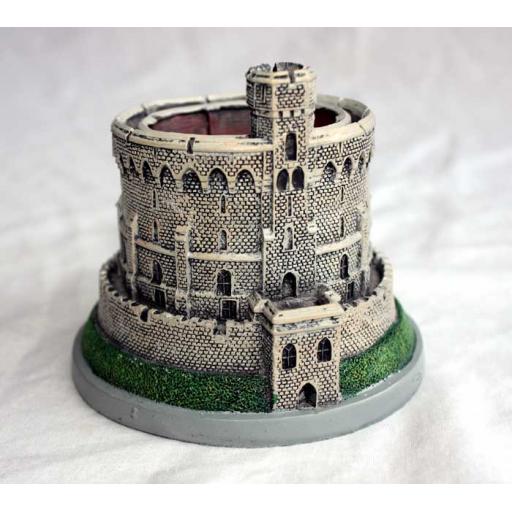
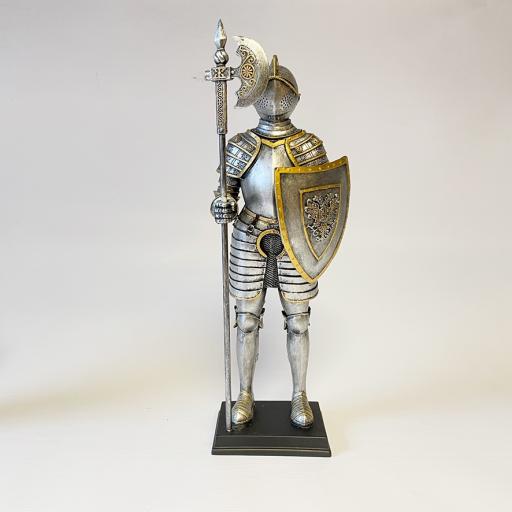

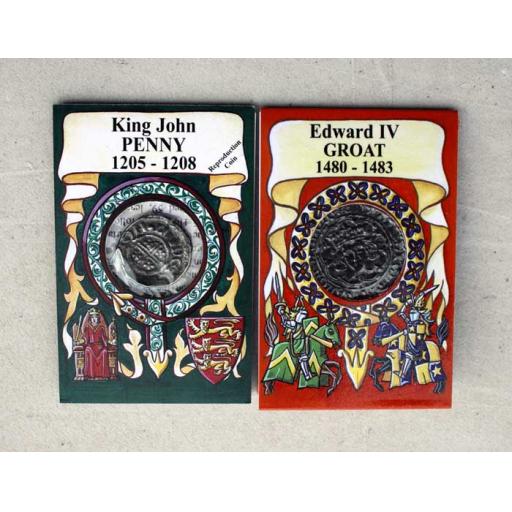
3. The Tower of London: A Fortress of History
Among the many iconic castles, the Tower of London stands tall, overlooking the River Thames. This historic landmark holds within its ancient walls centuries of enchanting tales and is a testament to the power and significance of castles in medieval times.
Built by William the Conqueror in the 11th century, the Tower of London was originally constructed as a symbol of Norman authority and a stronghold to protect the city of London. Over the centuries, it evolved into much more than just a fortress. The Tower of London has served as a royal palace, a prison, a treasury, and even a menagerie for exotic animals.
The Tower's rich history is filled with dramatic events and notable figures. It has witnessed pivotal moments that shaped the course of English history. One of the Tower's most infamous events was the execution of Anne Boleyn, the second wife of King Henry VIII. She was accused of adultery and treason and met her tragic end within the Tower's walls. The Tower has also witnessed the imprisonment and execution of other prominent figures, including Sir Thomas More, Lady Jane Grey, and Sir Walter Raleigh.
The Tower of London has not only been a place of captivity and punishment but also a repository of wealth and treasure. It served as a royal treasury where precious jewels, crowns, and other valuable artefacts were safeguarded. The Crown Jewels, which include the magnificent Crown of Queen Elizabeth and the Koh-i-Noor diamond, are still housed within the Tower and attract visitors from around the world.
In addition to its roles as a palace and a prison, the Tower of London also had a menagerie—a collection of exotic animals. These animals were gifts from foreign dignitaries and served as a symbol of the monarch's wealth and power. Lions, bears, elephants, and other exotic creatures were kept within the Tower's walls, creating a spectacle for visitors and showcasing the influence of the English monarchy.
Today, the Tower of London stands as a UNESCO World Heritage Site and one of London's most popular tourist attractions. Visitors can explore its medieval architecture, walk along its ramparts, and marvel at the historic artefacts on display. The Yeoman Warders, popularly known as the Beefeaters, provide guided tours and share the fascinating stories and legends associated with the Tower.
The Tower of London is not merely a structure made of stone; it is a living testament to the triumphs and tragedies of the past. It continues to inspire awe and fascination, allowing us to connect with the medieval world and understand the pivotal role that castles played in shaping the course of history.
4. Famous Sieges: Epic Battles of the Past
Sieges were a defining aspect of medieval warfare, where castles were subjected to intense attacks and defenders showcased their mettle. These protracted battles tested the strength and resilience of both sides, often resulting in dramatic victories or heartbreaking defeats. One such famous siege is the Siege of Rochester Castle, an iconic example of the challenges faced by both attackers and defenders during medieval conflicts.
The Siege of Rochester Castle took place in 1215 during the First Barons' War, a conflict between King John of England and a group of rebellious barons. Situated in Kent, England, Rochester Castle stood as a formidable stronghold, strategically positioned to control access to the important London-Rochester road and the River Medway.
The castle's defenders, led by William de Corbeil, faced the besieging forces loyal to King John. The siege lasted for an arduous three months, with both sides exhibiting extraordinary determination and resourcefulness.
Rochester Castle's strong fortifications played a crucial role in withstanding the siege. The castle boasted thick stone walls, towers, and a strategically positioned keep. These defensive features provided protection for the defenders and made it difficult for the attackers to breach the castle's defenses.
Throughout the siege, the defenders valiantly repelled numerous assaults launched by King John's forces. They used various defensive tactics, such as pouring hot oil and tar on the attackers, shooting arrows, and hurling stones and other projectiles. Despite being heavily outnumbered, the defenders showed unwavering resolve and a deep commitment to protect their fortress.
However, as the siege dragged on, the besieging forces realized that capturing the castle by force would be a daunting task. Desperate to secure a victory, they resorted to undermining the castle's walls. By tunneling beneath the foundations, they sought to weaken the structural integrity of the fortifications and create a breach through which they could enter.
The defenders, aware of the threat, countered the attackers' mining efforts by constructing internal walls and reinforcing the castle's defenses. The siege turned into a fierce subterranean battle, with both sides engaging in a race against time.
In the end, the attackers successfully breached the castle's walls, but not without tremendous effort and loss of life. The defenders, though outnumbered and exhausted, made a last stand within the keep. They fought valiantly, but the castle ultimately fell into the hands of King John's forces.
The Siege of Rochester Castle stands as a testament to the determination and strategic prowess displayed during medieval sieges. It highlights the importance of strong fortifications, resourcefulness, and the unwavering spirit of the defenders. This famous siege serves as a captivating example of the challenges faced by knights and the enduring legacy of castle warfare.
Today, visitors to Rochester Castle can explore its ruins and imagine the epic battles that once took place within its walls. The castle's history serves as a reminder of the indomitable spirit of medieval warriors and the enduring significance of these remarkable fortresses.
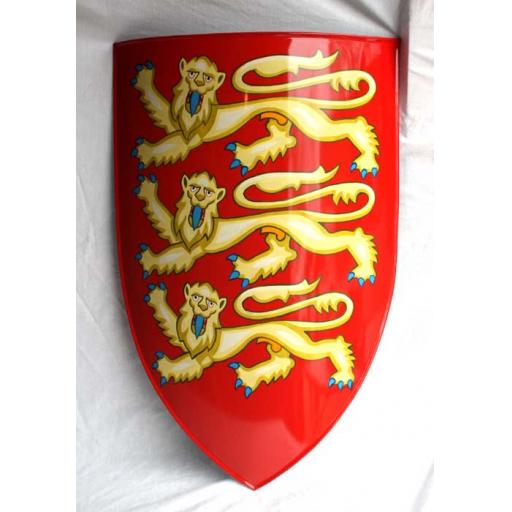
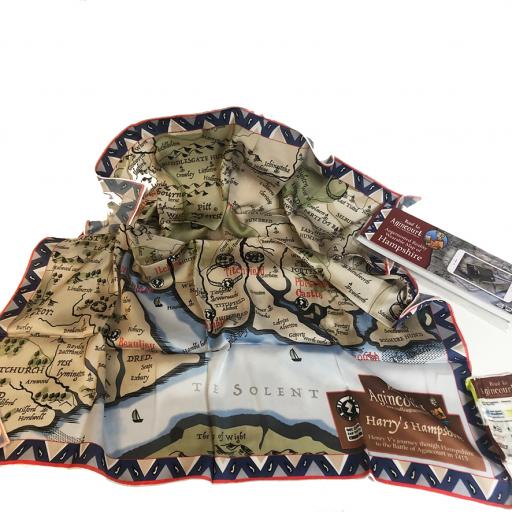
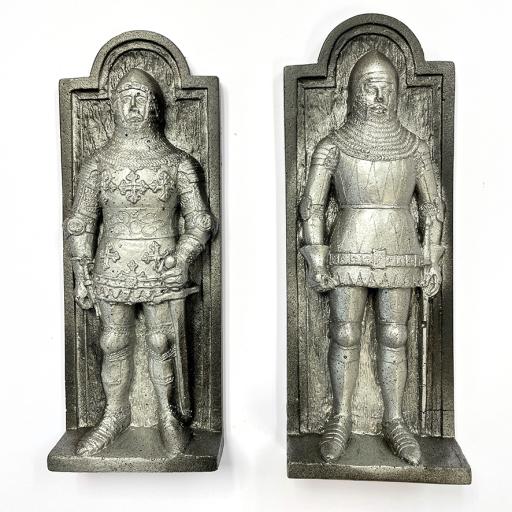
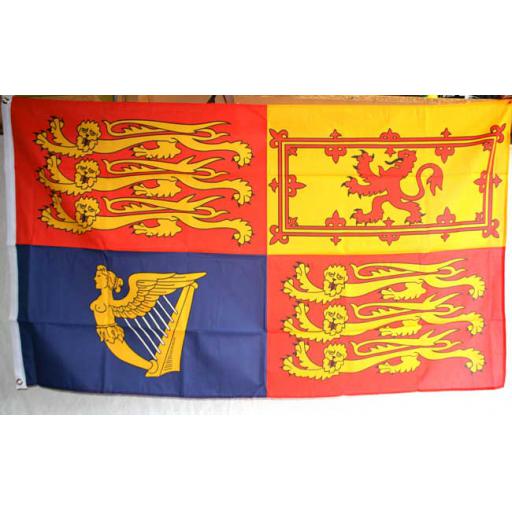
5. The Different Parts of a Castle
Castles were intricate structures designed to provide defense, comfort, and prestige. They were not merely fortresses but also the centers of social and political life during the medieval period. Let's explore the main components that made up a castle, each serving a specific purpose.
The Keep
The keep, also known as the central stronghold or donjon, was the heart of the castle. It served as the residence for the lord and his family, as well as the last line of defense in times of attack. The keep was typically a tall, sturdy tower that housed living quarters, storerooms, and often a chapel. Its strategic location within the castle allowed the lord to oversee the surrounding lands and maintain control over his domain.
The Bailey
The bailey, or courtyard, was an enclosed area within the castle walls where daily activities took place. It was the hub of life within the castle, bustling with servants, craftsmen, and other members of the household. In addition to providing space for various domestic functions, the bailey often contained auxiliary buildings such as stables, workshops, and granaries.
Curtain Walls, Towers, and Battlements
The curtain walls formed the outer perimeter of the castle, encircling and protecting the inner structures. These walls were thick and made of stone, offering substantial defense against attacks. Towers were strategically positioned along the walls, providing vantage points for archers to rain down arrows on approaching enemies. The tops of the walls and towers featured battlements, which were crenelated parapets with alternating gaps and solid sections. This design allowed defenders to shoot arrows through the gaps while providing cover from enemy fire.
Gatehouses, Drawbridges, and Moats
Entry into the castle was through the gatehouse, a fortified entrance featuring a large gate. Gatehouses were often reinforced with additional defensive elements such as portcullises (heavy grilles or gates) and murder holes (openings from which defenders could drop objects or attack invaders). To cross the moat surrounding the castle, a drawbridge was lowered or raised. The moat served as a deterrent, making it difficult for attackers to reach the castle walls and providing an additional layer of defense.
Other Features
Castles often boasted additional features depending on their specific design and purpose. These might include inner courtyards, wells or cisterns for water supply, spiral staircases within the towers, and secret passages or escape routes. Some castles even had gardens, orchards, and fish ponds to provide sustenance and aesthetic beauty.
The combination of these different parts created a complex and formidable structure that embodied the power and authority of the castle's lord. Castles were not only defensive fortresses but also symbols of wealth, status, and control over the surrounding lands.
Today, many castles have survived the test of time, standing as reminders of the medieval era. They serve as popular tourist attractions, allowing visitors to step back in time and experience the grandeur and architectural marvels of the past.
The combination of these different parts created a truly formidable and majestic structure. Castles were not only practical fortifications but also symbols of wealth, power, and the feudal system that governed medieval society.
The inner courtyards provided open spaces for various activities and gatherings, allowing the castle inhabitants to enjoy fresh air and engage in leisurely pursuits. Wells or cisterns ensured a reliable water supply within the castle walls, essential for the needs of the residents during times of siege or limited access to external water sources.
Spiral staircases within the towers allowed for efficient movement between different levels of the castle, while also serving as defensive bottlenecks in case of attack. These narrow, winding staircases were designed to hinder the progress of invaders and provide defenders with an advantage in close-quarters combat.
Secret passages and escape routes were ingenious additions to castles, allowing occupants to move discreetly within the castle and providing an avenue for escape during emergencies or sieges. These hidden corridors and tunnels were often known only to a select few, ensuring the safety of the lord and his trusted companions.
In addition to their defensive and functional aspects, some castles incorporated elements of beauty and nature. Gardens, orchards, and fish ponds were created to enhance the aesthetic appeal of the castle grounds, providing a serene and visually pleasing environment. These features not only served as sources of food and sustenance but also added a touch of natural beauty to the otherwise imposing structures.
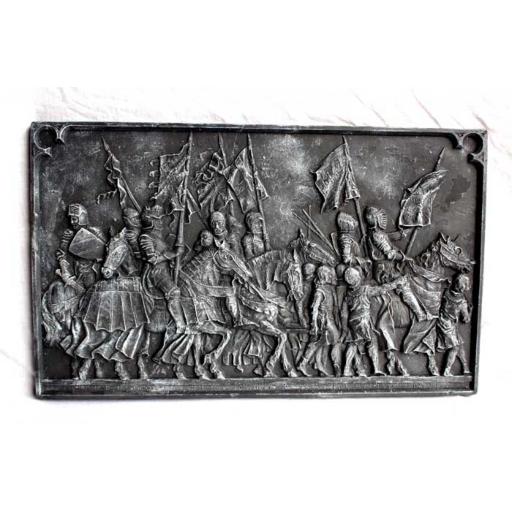
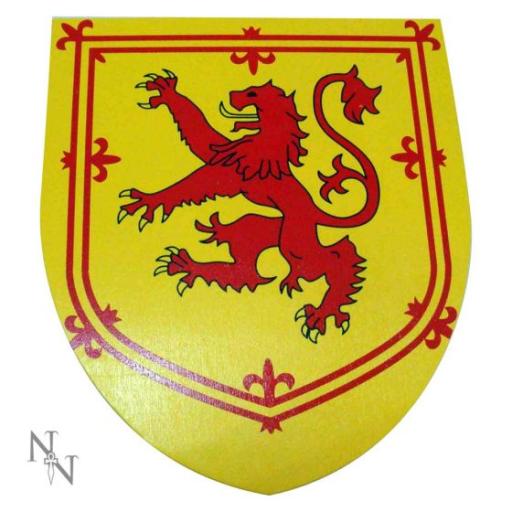

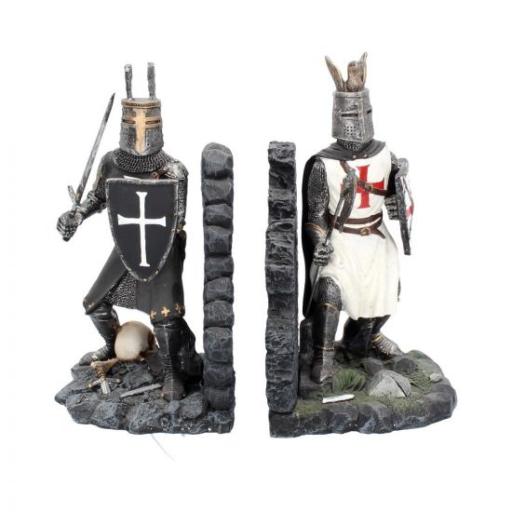
6. Life as a Knight: Chivalry and Warfare
For a knight, life in a castle was a blend of duty, training, and combat. Knights were bound by the code of chivalry, a set of moral and social rules that emphasized honor, loyalty, and gallantry. They trained relentlessly in the arts of war, preparing themselves for battle and serving as the backbone of medieval armies.
Training and Knighthood:
Becoming a knight was not an easy feat. It required years of rigorous training, starting at a young age as a page and progressing through the ranks to become a squire. Pages learned the basics of knightly duties, including horsemanship, weaponry, and etiquette. As squires, they served as assistants to knights, honing their skills in combat and acquiring firsthand experience on the battlefield.
To attain knighthood, a squire had to undergo a solemn ceremony known as the dubbing, in which they were knighted by a lord or a knight of higher standing. This marked their official entry into the knightly order, bestowing upon them the title and responsibilities of a knight.
Code of Chivalry:
Knights were expected to adhere to the code of chivalry, which governed their behavior both on and off the battlefield. This code emphasized virtues such as bravery, loyalty, honesty, and respect for women. Knights were to defend the weak and protect the innocent, championing justice and righteousness.
The ideal knight was not only skilled in combat but also well-versed in the arts, literature, and courtly manners. They were expected to exhibit grace and courtesy, treating others with dignity and practicing good sportsmanship. Chivalry embodied the noble ideals of the knightly class and set them apart as paragons of virtue in medieval society.
Warfare and Combat:
Knights were the core of medieval warfare, renowned for their formidable skills in battle. Clad in armor and mounted on powerful steeds, they charged into the fray with lances, swords, and shields. They employed various tactics and formations, such as the wedge or the cavalry charge, to break enemy lines and instill fear in their opponents.
Sieges were another aspect of medieval warfare where knights played a significant role. They defended castles, enduring long periods of siege and repelling enemy forces. Knights were trained in siege warfare techniques, including the use of siege engines and the construction of defensive structures such as mantlets and trebuchets.
While the life of a knight may seem glamorous and romanticised, it was also fraught with danger and the constant risk of injury or death on the battlefield. Knights faced the harsh realities of combat, witnessing the horrors of war firsthand. Yet, their unwavering dedication to their lord and their commitment to the ideals of chivalry drove them to face these perils with bravery and honor.
The role of a knight extended beyond warfare as well. They served as protectors of the realm, enforcing law and order, and often acted as the leaders of their lord's household. They participated in tournaments,
showcasing their skill and prowess in friendly competitions that simulated combat scenarios. Tournaments were not only displays of physical strength but also social events where knights could mingle with nobles and engage in chivalrous contests.
Knights were not always engaged in warfare or tournaments, though. In times of peace, they would often fulfill administrative duties within their lord's domain, managing estates, overseeing the distribution of resources, and dispensing justice. They acted as trusted advisors to their lords, providing counsel on matters of governance and strategy.
The life of a knight in a castle was not solely focused on warfare and duty. There were moments of respite and camaraderie, where knights would gather in the Great Hall for feasts and celebrations. These occasions allowed them to forge bonds with fellow knights, share stories of valor, and engage in the social rituals of medieval courtly life.
However, it is important to note that not all knights lived in grand castles. While some knights were part of noble households and resided in opulent fortresses, others served as vassals to their lords, living in more modest accommodations within the castle grounds. Nevertheless, regardless of their social standing, knights played a crucial role in the medieval hierarchy, embodying the ideals of knighthood and dedicating their lives to the service of their lords.
The world of knights and castles, with its chivalry and warfare, offers a captivating glimpse into a bygone era. Exploring the life of a knight allows us to understand the dedication, valor, and honor that defined these noble warriors. From their rigorous training to their adherence to the code of chivalry, knights held a revered position in medieval society, leaving an indelible mark on history.
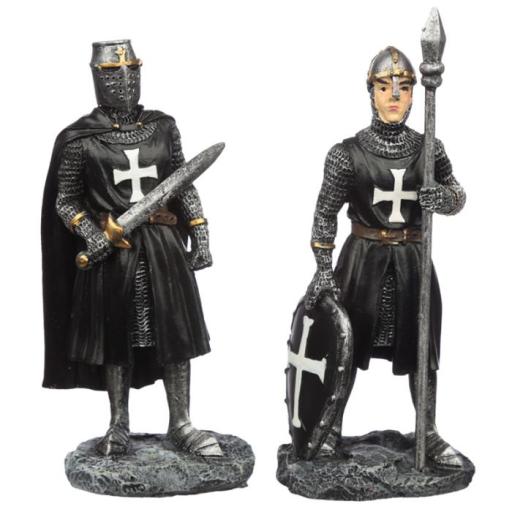
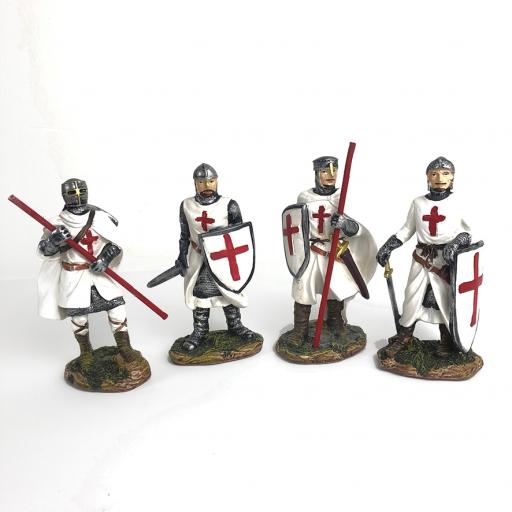


7. Bringing History to Life for Primary School Teachers
As primary school teachers, it is essential to bring the fascinating world of knights and castles alive for young learners. By incorporating engaging educational resources and activities, you can capture their imagination and spark their interest in history. Here are some ideas to make the topic appealing and educational:
-
Interactive Lessons: Create interactive lessons that involve storytelling, role-playing, and hands-on activities. Encourage students to imagine themselves as knights or castle inhabitants, allowing them to experience the medieval world firsthand.
-
Virtual Tours: Utilize technology to take students on virtual tours of famous castles, such as the Tower of London or Warwick Castle. These virtual visits provide a visual and immersive experience, allowing students to explore the different parts of a castle and learn about its history.
-
Arts and Crafts: Engage students in art projects where they can create their own coat of arms, design medieval shields, or construct miniature castles using craft materials. This hands-on approach allows them to express their creativity while reinforcing their understanding of knights and castles.
-
Storytelling and Literature: Introduce students to age-appropriate books and stories centered around knights and castles. Encourage them to read and discuss these tales, fostering their love for reading and expanding their knowledge of medieval times.
-
Field Trips: Organize field trips to local museums, historical sites, or medieval reenactment events. These outings provide students with a tangible connection to the past and offer opportunities for interactive learning and discovery.
By incorporating these strategies, you can make the study of knights and castles engaging, memorable, and educational for primary school students. Remember to adapt the content to their age level, ensuring it is accessible and enjoyable for all learners.
Conclusion
The world of knights and castles continues to captivate our collective imagination, transporting us to a captivating era filled with tales of bravery, honor, and architectural wonders. These remarkable symbols of the medieval world have a timeless allure that appeals to both young and old, sparking our curiosity and fueling our desire to delve deeper into their rich history.
From the momentous conquest of William the Conqueror to the enduring legacy of iconic castles like the Tower of London, the stories surrounding knights and castles are woven into the fabric of our cultural heritage. They remind us of the courage and resilience displayed by these valiant warriors and the indelible impact they had on shaping the course of history.
Exploring the different parts of a castle, from the imposing keep to the intricate details of the curtain walls and battlements, allows us to appreciate the remarkable craftsmanship and engineering ingenuity of the medieval period. Each component served a specific purpose, contributing to the castle's defensive capabilities, daily life, and grandeur. By understanding the function and significance of these architectural elements, we gain a deeper understanding of the castle's role as a fortress, a center of power, and a symbol of authority.
The life of a knight, governed by the code of chivalry, offers us a glimpse into a world of honor, loyalty, and martial skill. Through rigorous training and unwavering dedication, knights embodied the ideals of knighthood and played a vital role in medieval warfare. Their stories of valor on the battlefield, their unwavering commitment to their lords, and their adherence to the principles of chivalry continue to inspire us today.
By immersing ourselves in the world of knights and castles, we gain valuable insights into the past and develop a deeper appreciation for the legacy they have left behind. These tales of heroism, grandeur, and medieval society not only educate us about the historical significance of knights and castles but also provide us with a lens through which we can understand our own present and future.
Whether through books, movies, historical sites, or educational programs, the enchanting world of knights and castles invites us to embark on a journey of discovery and exploration. It serves as a testament to the enduring power of human imagination, the triumph of the human spirit, and the timeless allure of an era that continues to capture our hearts and minds.
In conclusion, knights and castles hold a special place in our collective consciousness, inspiring awe, wonder, and a desire to unravel the mysteries of the medieval world. Through the exploration of their stories, architecture, and ideals, we connect with the past, gain insights into the human experience, and cultivate a deeper appreciation for the rich tapestry of history they represent.
9. Frequently Asked Questions
1. Were all knights rich and noble? No, not all knights were born into noble families. Some knights earned their title through valor on the battlefield or by displaying exceptional skill and loyalty.
2. How long did it take to build a castle? The time it took to build a castle varied depending on its size, complexity, and available resources. It could take several years or even decades to complete a castle.
3. What was the purpose of a moat around a castle? Moats were often used as a defensive feature of a castle. They acted as a barrier, making it difficult for attackers to breach the castle walls and providing an additional layer of protection.
4. Did knights have to follow a code of conduct? Yes, knights were expected to follow the code of chivalry, which emphasized virtues such as courage, loyalty, and courtesy. It governed their behavior both on and off the battlefield.
5. What happened to knights and castles over time? As the Middle Ages gave way to the Renaissance, the role of knights diminished, and castles gradually transformed into more comfortable residences. Many fell into disrepair or were repurposed for other uses.


























